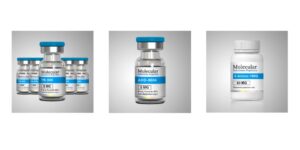Leather manufacturing happens in a few definite steps. Here are the different steps involved in manufacturing leather from animal hide.
Cleaning
Also known as wet processing, the first stage involves cleaning the hides and removing the preserving salts, wool, flesh and dirt. After this the hide is degreased. In some cases where the leather must have the wool or hair on it, the wool will be left intact on the hide.
After cleaning, the hides must be split. The top layer is used to make the full grain leather while the bottom layer is used to make the split leather. In this process, the thickness of the leather will be adjusted to get the right raw material for the intended final product.
Tanning
Tanning involves stabilizing the protein structures of the hides making them chemical resistant and durable. Once this is done, the leather will be less susceptible to decomposition. The conventional tanning process is chrome based, or based on other chrome free alternatives or vegetable tannins. If the hides were not split during the earlier stage, they will be split in the tanning stage. After tanning is done, the leather tanned with chrome is called as wet-blue leather. Those leathers that were tanned using other alternatives are known as wet-white leather. The ones tanned using vegetable tannins will be termed as vegetable leather.
Re-tanning
This process is also known as pre-finishing. This stage of leather manufacturing is very important since it will decide the final quality the leather will sport after manufacturing. To add touch, softness and fullness, the re-tanning process will subject the leather to dyeing to give color, and fatliquoring. This process will determine the unique characteristics of the leather that will be needed for the end product.
Milling
During the milling process, further softening happens. To achieve this, the leather is placed in a dry tumble drum to enhance its natural grain structure and soften it. This stage makes the leather achieve softness and its natural grainy appearance will come out very well.
Finishing
During the final stage of leather manufacturing known as finishing, the surface finish added will enhance the protection and will bestow a unique feel and fashionable looks to the leather.
Take home
Get your leather supplies from genuine leather manufacturers in India. Doing some research to find the best leather manufacturer who is reliable and capable of assuring quality and best customer service is necessary to find the best results in your leather supplies.


